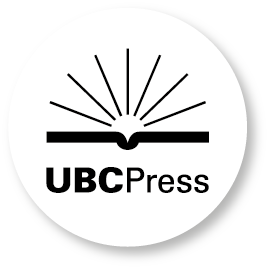
Urban Ecological Design
A Process for Regenerative Places
The authors note that urban design is viewed as an interface between different disciplines. They describe the field as "peacefully overrun, invaded, and occupied" by city planners, architects, engineers, and landscape architects (with developers and politicians frequently joining in). They suggest that environmental concerns demand the consideration of ecology and sustainability issues in urban design. It is, after all, the urban designer who helps to orchestrate human relationships with other living organisms in the built environment.
The overall objective of the book is to reinforce the role of the urban designer as an honest broker and promoter of design processes and as an active agent of social creativity in the production of the public realm.
Intended for students, practitioners, developers, and public officials, this book offers many interesting and informative insights for those who are both new to the field and seasoned professionals alike. As one of the more comprehensive texts outlining the processes and thought that contributes to this evolving field, Urban Ecological Design: A Process for Regenerative Places is an excellent resource in helping those involved better understand and appreciate this highly interdisciplinary approach to transforming the land and landscape.
Danilo Palazzo is associate professor of Urban Planning and Design at the Politecnico di Milano, Italy. His books include Sulle spalle dei giganti (Franco Angeli, 1997), Transforming the Places of Production (Olivares, 2002 with Fossa, Lane, Pirani), Urban Design (Mondadori Università, 2008). He recently wrote an essay for the Companion to Urban Design (Routledge, 2010).
Frederick Steiner is dean and Paley Professor at the University of Pennsylvania School of Design. Previously, he was dean of the School of Architecture at the University of Texas–Austin for 15 years. Steiner is a fellow of the American Society of Landscape Architects and Council of Educators in Landscape Architecture and a presidential appointee to the national board of the American Institute of Architects. He has written, edited, or co-edited 17 books.
Table of Figures
List of Tables
Acknowledgments
Foreword
Introduction
Chapter 1. Processes
Chapter 2. Prerequisites
Chapter 3. Knowledge
Chapter 4. Synthesis
Chapter 5. Options
Chapter 6. Dialogues
Chapter 7. Master Plan
Chapter 8. Presentation
Chapter 9. Details
Chapter 10. Implementation
Chapter 11. Conclusion
Bibliography
Index




